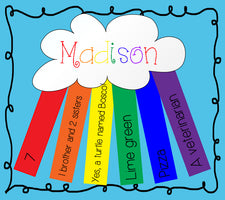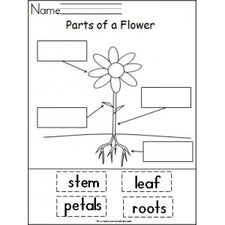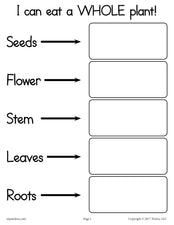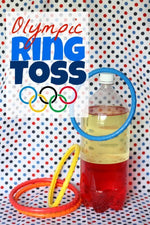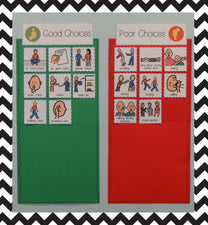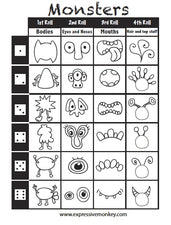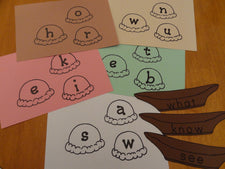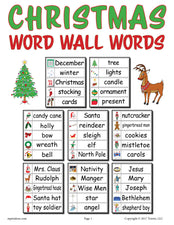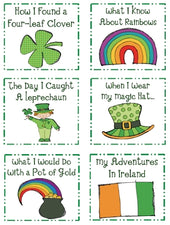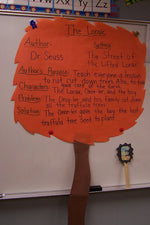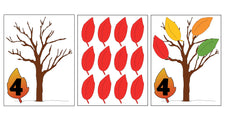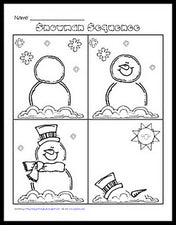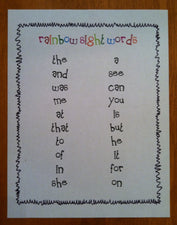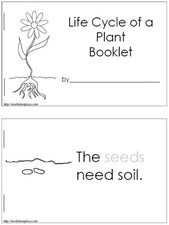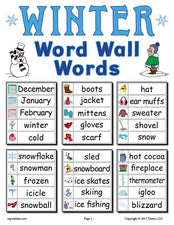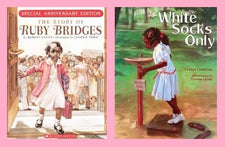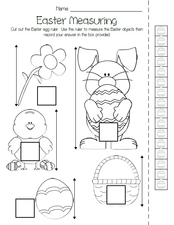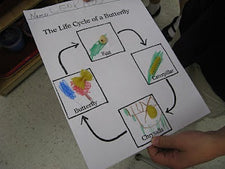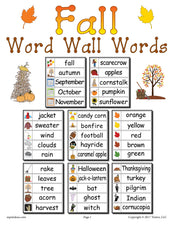"My Little Sister Hugged An Ape" - Literature, Math, & More!

Heidi, first grade teacher and creator of the site, Swamp Frog First Graders, designed this great lesson based off Bill Grossman's My Little Sister Hugged an Ape. With its fantastic imagery, sensory vocabulary, and humorous prose, this literature selection offers several great activities that your kindergartners are sure to love!
Sensory Vocabulary
Using a page from the book as an example, discuss sensory words and how they can make a big difference in storytelling. For example, the two sentences below are vastly different:
My sister hugged an eel. She liked its feel.
My sister hugged an eel. She liked its slippery, slimy feel.
As you read the rest of the story, invite your students to look for other sensory words. After a complete reading, take the book page by page, listing the new sensory words your students have discovered.
Sensory Writing
Keeping in mind the power of sensory words and using the newly created list as an example, invite your students to create new pages for the story. Begin by brainstorming a list of animals as a class and have students vote for their favorite selection when the list is complete. Tally the votes to determine the top two choices, then divide the class in half, assigning an animal to each, and have each group come up with both prose and illustrations for their new page {divide your time equally between the groups for any questions, etc. that may arise - also, note that this project may span more than a day}. When the pages have been 'polished', have a final reading of Grossman's story, adding in your students' created pages.
Sensory Graphing
Taking from the list of sensory words discovered on the pages of Grossman's book, invite your students to complete a questionnaire, answering questions like, "Have you ever touched something slimy?", etc. Keep a running tally of your students' answers and use these to make a bar graph. Interpret the data, finding which experience was "most shared" by students, "least shared", etc.
For more pictures, a printable writing activity, and other lesson ideas, be sure to visit Heidi's full {guest} post at Teaching in High Heels.
